Explanatory Notes 5
1. Introduction and Overview of the Lubricant Industry 11
-1.1 Introduction 11
-1.2 Overview of the lubricant industry 12
2. Overview of Lubricants and their Additives 19
-2.1 Introduction 19
-2.2 Lubricant base fluids 20
-2.3 Additives24
-2.4 Lubricant categories 32
3. Release during Formulation of Additive Packages 40
-3.1 General 40
-3.2 The blending process 40
4. Composition of Lubricants in Use 42
-4.1 Introduction 42
-4.2 Automotive 42
-4.3 Hydraulic fluids 44
-4.4 Metalworking (cutting) fluids 47
5. Releases during Formulation of Lubricants 56
-5.1 General 56
-5.2 Emissions from plant during the blending process 57
-5.3 Summary 71
6. Automotive Lubricants and Additives 72
-6.1 Possible losses during use 72
-6.2 Frequency of dosage/renewal 72
-6.3 Form in which lubricant is discharged 73
-6.4 Concentration of chemical in discharge 76
-6.5 Volume of discharge – fate in environment 76
-6.6 On-site waste treatment 79
-6.7 Example release calculation 79
7. Hydraulic Fluids and Additives 81
-7.1 Losses during use 81
-7.2 Frequency of dosage 81
-7.3 Form in which lubricant is discharged 83
-7.4 Concentration of chemical in discharge 83
-7.5 Volume of discharge 84
-7.6 On-site waste treatment 86
-7.7 Example release calculation 88
8. Metalworking Fluids and Additives 89
-8.1 Losses during use 89
-8.2 Frequency of dosage 90
-8.3 Form in which lubricant is discharged 91
-8.4 Concentration of chemical in discharge 92
-8.5 Volume of discharge 93
-8.6 Waste treatment for metal working fluids 96
-8.7 Example release calculations 99
9. Recycling of Lubricants 101
-9.1 Introduction101
-9.2 Recycling processes 102
-9.3 General comments 105
-9.4 Recycling of automotive crankcase lubricants 105
-9.5 Recycling of hydraulic fluids 106
-9.6 Recycling of cutting oils 107
10. References 109
-Table D1. Emission factors for crankcase oils and additives due to leakage 117
-Table D2. Vehicle flows by road class 117
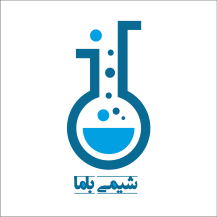
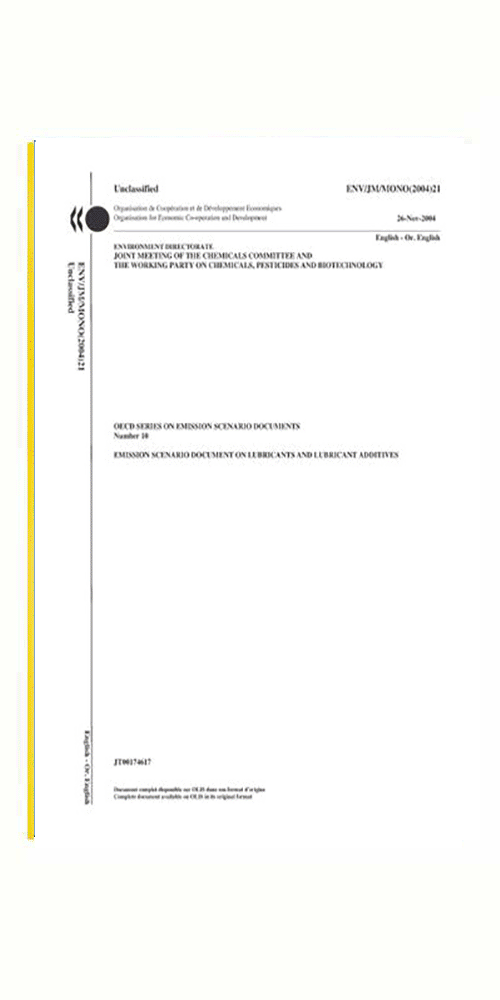
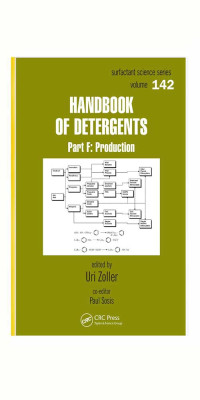
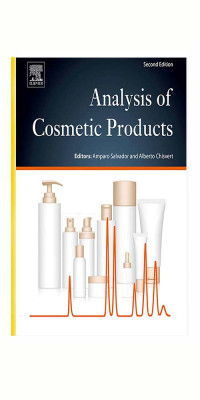
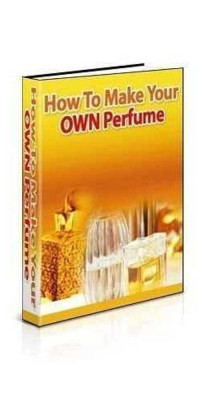
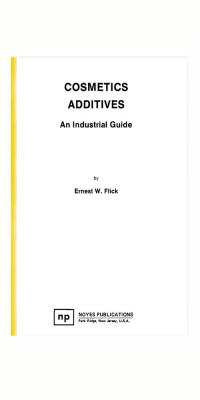

نقد و بررسیها
هنوز بررسیای ثبت نشده است.